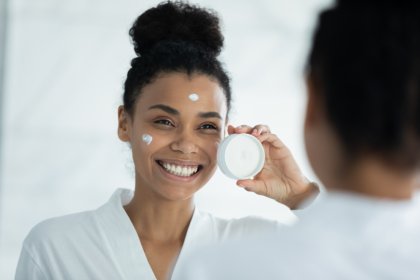Lovemaking is often considered a healthy and natural part of life, contributing to emotional and physical well-being. However, there is a lesser-known risk associated with sexual activity that can be quite alarming: the potential for a heart attack. This article will explore how lovemaking can lead to a heart attack, the risk factors involved, and how to mitigate these risks for a safer experience.
Understanding the link between lovemaking and heart attacks
The connection between lovemaking and heart attacks primarily revolves around the physical exertion and emotional excitement involved in sexual activity. Like any other form of physical exercise, sexual activity increases the heart rate and blood pressure, which can strain the cardiovascular system. For individuals with pre-existing heart conditions or those who are at high risk of cardiovascular disease, this increased strain can trigger a heart attack.
Risk factors for heart attacks during lovemaking
Certain factors can increase the likelihood of experiencing a heart attack during sexual activity. Understanding these risk factors can help individuals take appropriate precautions.
Pre-existing heart conditions
Individuals with a history of heart disease, including previous heart attacks, coronary artery disease, or congestive heart failure, are at a higher risk of experiencing a heart attack during lovemaking. The added physical exertion can overwhelm an already compromised heart.
High blood pressure and cholesterol
High blood pressure and elevated cholesterol levels are significant risk factors for heart disease. These conditions can lead to the buildup of plaque in the arteries, restricting blood flow and increasing the risk of a heart attack during any strenuous activity, including sex.
Lack of physical fitness
People who are not regularly physically active may have a higher risk of heart attack during lovemaking. Sudden physical exertion without prior conditioning can strain the heart, increasing the likelihood of a cardiovascular event.
Age and gender
Men over the age of 45 and women over the age of 55 are generally at a higher risk of heart attacks. Additionally, men are more likely than women to experience heart attacks during lovemaking. This increased risk is partly due to hormonal differences and the higher prevalence of heart disease in older adults.
Psychological factors
Stress, anxiety, and emotional turmoil can also contribute to the risk of a heart attack. The emotional intensity associated with lovemaking can sometimes exacerbate these psychological factors, increasing the strain on the heart.
Symptoms of a heart attack during lovemaking
Recognizing the symptoms of a heart attack during sexual activity is crucial for seeking immediate medical attention. Common symptoms include:
- Chest pain or discomfort: A feeling of pressure, tightness, or pain in the chest that may spread to the arms, neck, jaw, or back.
- Shortness of breath: Difficulty breathing or a feeling of being unable to catch one’s breath.
- Nausea or vomiting: Feeling sick to the stomach or vomiting.
- Lightheadedness or dizziness: Feeling faint or dizzy, potentially leading to a loss of consciousness.
- Cold sweats: Sudden sweating unrelated to the ambient temperature or physical exertion.
Preventive measures and safety tips
While the risk of a heart attack during lovemaking can be concerning, there are several steps individuals can take to reduce this risk and enjoy a safe and fulfilling sex life.
Regular physical activity
Engaging in regular physical exercise can improve cardiovascular health and reduce the risk of heart attacks. Walking, jogging, swimming, or cycling can help condition the heart and make it more resilient to physical exertion.
Medical consultation
Individuals with known heart conditions or risk factors should consult their healthcare provider before engaging in sexual activity. A doctor can assess the individual’s cardiovascular health and provide personalized recommendations to ensure safety during lovemaking.
Stress management
Managing stress and anxiety through techniques such as meditation, yoga, or deep breathing exercises can help reduce the emotional strain on the heart during sexual activity. Maintaining open and honest communication with one’s partner can also alleviate stress and create a more relaxed environment.
Medication and lifestyle changes
For those with high blood pressure or high cholesterol, adhering to prescribed medications and making lifestyle changes, such as adopting a heart-healthy diet and quitting smoking, can significantly reduce the risk of heart attacks. Regular check-ups with a healthcare provider are essential to monitor and manage these conditions effectively.
Awareness and readiness
Being aware of the symptoms of a heart attack and having a plan in place to seek immediate medical attention can be life-saving. Keeping emergency contact numbers handy and knowing the location of the nearest hospital can ensure prompt treatment in case of a heart attack.
Conclusion
Lovemaking is a natural and vital aspect of life that contributes to overall well-being. However, it is essential to be aware of the potential risks, including the possibility of a heart attack, especially for individuals with pre-existing heart conditions or other risk factors. By understanding these risks and taking preventive measures, individuals can enjoy a safe and fulfilling sex life while minimizing the chances of a heart attack. Regular physical activity, medical consultation, stress management, and lifestyle changes are vital strategies to protect heart health and ensure a pleasurable and secure experience.
This story was created using AI technology.













